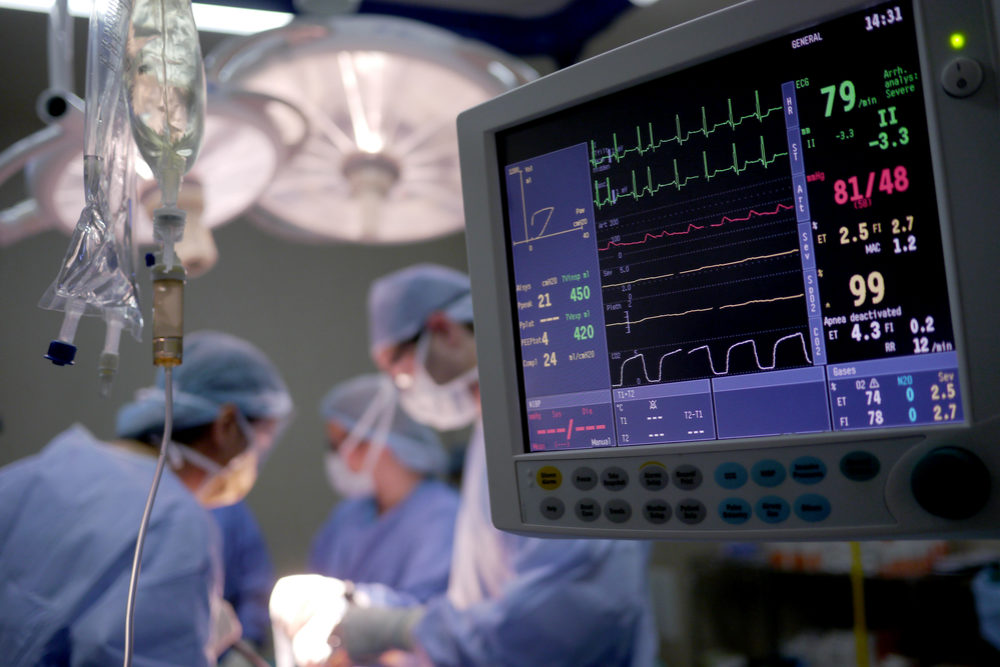Frameless Stereotaxic Surgery Problems Result in FDA Warning About Navigation System Errors

Federal health officials warn that they have received reports of problems with stereotaxic surgery navigation systems, where the devices may accuracy errors that have resulted in at least one patient death and several serious or life-threatening injuries.
The FDA issued a frameless stereotaxic navigation system safety communication on June 15, after receiving reports from healthcare professionals indicating the machines provided inaccurate navigation during surgical procedures.
To date, the FDA is aware of at least one fatality and several serious or life-threatening injuries linked to the frameless stereotaxic surgery problems, which have also been linked to inaccurate, aborted, or prolonged medical procedures.

Did You Know?
Millions of Philips CPAP Machines Recalled
Philips DreamStation, CPAP and BiPAP machines sold in recent years may pose a risk of cancer, lung damage and other injuries.
Learn MoreStereotaxic navigation systems are computers designed to create images within the body to help guide surgeons with the placement of specialized surgical instruments and implants before and during a procedure.
The devices can identify and register certain anatomical landmarks within a patient’s anatomy to help guide surgical instruments. They can be used during surgery to navigate surgical instruments by optical, electromagnetic, or other tracking methods to provide continuous and real-time visualization in 2-D and 3-D images.
According to the FDA warning, the frameless stereotaxic systems may experience a variety of errors that could lead to navigational failure; including software anomalies and hardware damage, system complexities such as usage errors and incorrect system setups and execution, incompatibility with accessory instruments, anatomical complexities, poor alignment of the visualization device, and insufficient image resolution.
The FDA is warning that all of the potential failures could result in serious patient injury or death, however, believes the overall benefits of these devices continue to outweigh the risks in appropriately selected patients when used by properly trained surgeons.
Safety officials have released a list of recommendations for surgeons to consider when using the frameless stereotaxic navigation systems to help mitigate associated risks to patients. Those recommendations include repeatedly assessing the navigational accuracy and being properly trained on how to use the device prior to surgical procedures.
A list of safety instructions and updated and accurate labeling providing clear user instructions are being prepared by FDA officials on how to minimize the occurrence of these issues. Currently, no one manufacturer’s device poses additional safety issues over others.
Healthcare professionals are being asked to ensure they have fully read the instruction manuals and are capable of properly operating the devices.
The FDA is requesting that any adverse events linked to the use of the devices be reported to the agency’s Medwatch adverse event reporting system.
Get more articles like this sent directly to your inbox.
"*" indicates required fields




0 Comments